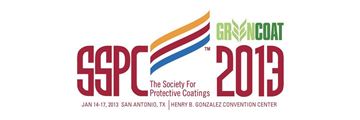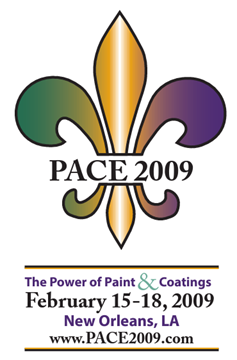Search
Products tagged with 'surface preparation'
View as
Sort by
Display
per page
CHALLENGES OF COATING A POWERHOUSE FLOOR IN A REMOTE HYDRO ELECTRIC PLANT
Product Number:
51218-137-SG
Publication Date:
2018
$20.00
Chemical Reactivation of Exterior Decorative Aerospace Livery Coatings
Product Number:
41213-732-SG
Publication Date:
2013
$20.00
Chloride Removal: Using ‘Recyclable Encapsulated Abrasive Media
Product Number:
41210-554-SG
Publication Date:
2010
$20.00
Coating and Lining Specifications for Concrete
Product Number:
41209-496-SG
Publication Date:
2009
$20.00
Coating Failures and Misapplications in Commercial Painting
Product Number:
41209-514-SG
Publication Date:
2009
$20.00
Coating Failures on Painted Galvanized Mast Arms
Product Number:
41208-402-SG
Publication Date:
2008
$20.00
Coating Masonry Substrates Enhancing Appearance and Performance Through Masonry Coatings
Product Number:
41209-503-SG
Publication Date:
2009
$20.00
Coating Performance Over Partially Blasted Surfaces
Product Number:
51219-180-SG
Publication Date:
2019
$20.00
Coating Problems Faced by Commercial Building Owners
Product Number:
41211-657-SG
Publication Date:
2011
$20.00
Coatings and Concrete: Understanding the Substrate
Product Number:
41215-919-SG
Publication Date:
2015
$20.00












